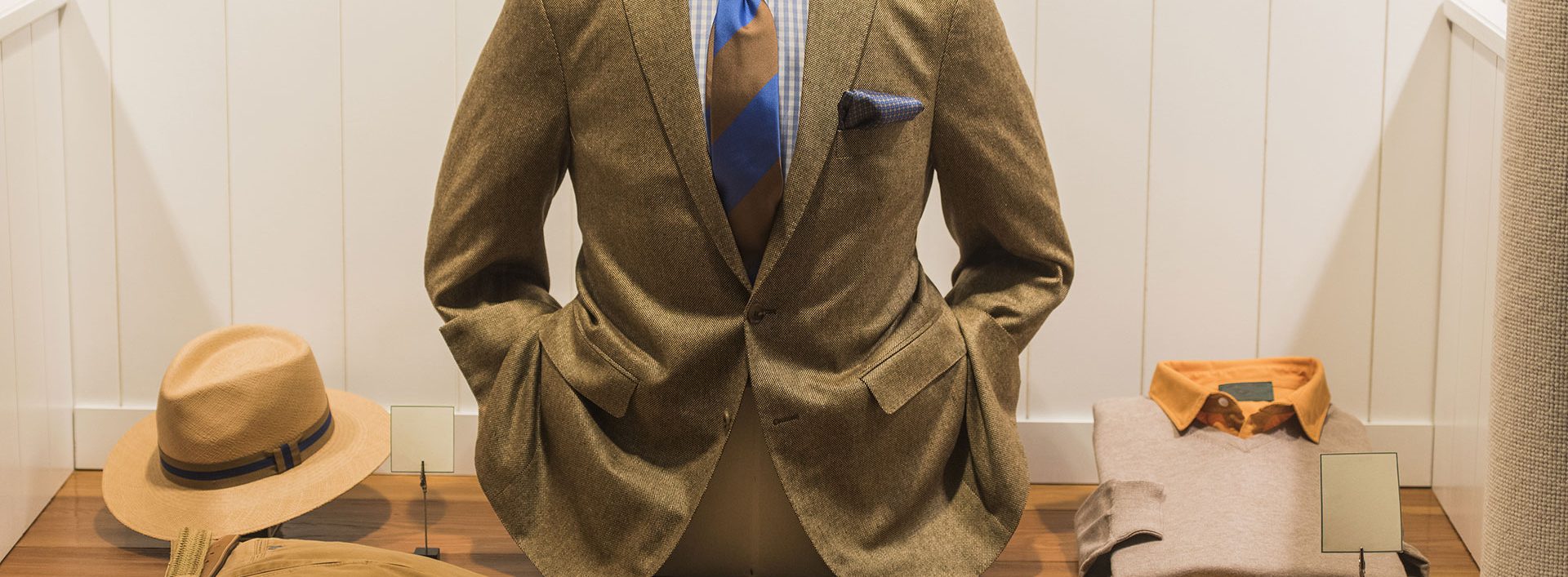Haute Couture
The term haute couture is protected by law in France and is defined by the Paris Chamber of Commerce (Chambre de commerce et d’industrie de Paris) in very clear terms. To earn the right to call itself a “couture” house and to use the term haute couture in its advertising and any other way, a fashion house must follow these rules:
- Design made-to-order for private clients, with one or more fittings. In other words, not one piece of fabric may be cut before the client is measured.
- Have a workshop (atelier) in Paris that employs at least fifteen people in a full-time capacity.
- Each season (i.e. twice a year) present a collection to the Paris press, comprising at least thirty-five runs with outfits for both daytime wear and evening wear.
Fashion houses meeting these rather challenging criteria are selected each year by the Paris Chamber of Commerce and then become members of the Syndical Chamber for Haute Couture (Chambre syndicale de la haute couture).
Within the member list of the Syndical Chamber for Haute Couture, there exists a strict hierarchy amongst it’s many inductees – members are categorized as
- Official: French houses such as Chanel and Dior
- Correspondent: Foreigners like Armani and Valentino and
- Guest: New and upcoming talent
Jewellery and Accessories also find their way into the membership of this elite club.
Haute couture is one of the most used, and misused terms in fashion. Those uninitiated in the fashion world consider themselves smarter and of having refined tastes in fashion and clothing by using “exotic” French expressions in an attempt to make themselves sound smarter while others (ab)use it because haute couture collections are way fancier (or sometimes even described as “over the top”) than ready-to-wear, so everything that’s at least a bit fancy in the eye of the beholder automatically becomes “couture”.
The main misconception people have about the term haute couture is that it applies to all handmade and/or made-to-order garments, whether manufactured by seamstresses at Dior and Gucci or aspiring fashion design students. While this isn’t entirely incorrect, it is a very loose interpretation of the term. Some fashion houses add to the confusion by falsely describing their special collections as “haute couture”; One would assume that they, at the very least, would use the words responsibly, but fashion industry probably fuels the mystery behind these two words on purpose as to create more buzz in the fashion industry. After all, it IS a multi-billion-dollar industry.
